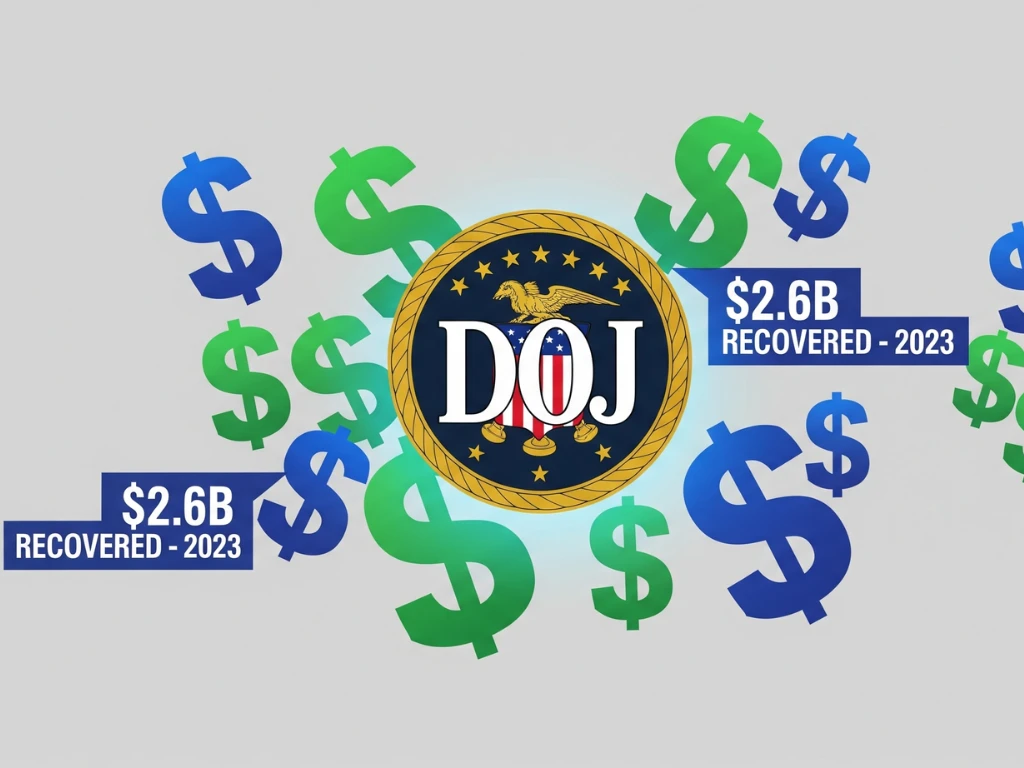A qui tam lawsuit is a legal case where a private person, called a whistleblower, sues in the name of the federal government to expose fraud. These lawsuits are most often filed under the False Claims Act, and whistleblowers may be eligible for a financial reward if the government recovers money.
In this guide, you’ll learn what a qui tam lawsuit is, who can file one, how the process works, and how much whistleblowers can receive.
What Is a Qui Tam Lawsuit?
This type of legal action permits a private person to sue a company or individual in the name of the federal government. It typically involves fraud against federal programs like Medicare, Medicaid, or defense contracts. The whistleblower may earn a reward if the case is successful.
Key Facts About Qui Tam Cases
- Whistleblowers may receive a reward ranging from 15 to 30 percent of the funds that are recovered.
- Cases are submitted confidentially for a minimum of two months.
- DOJ recovered $2.68 billion under the False Claims Act in 2023.
- Most cases involve healthcare or government contract fraud.
What Does “Qui Tam” Mean?
The phrase ‘qui tam’ comes from Latin. It means:
“A person who brings legal action both for themselves and in the interest of the government.”
In modern law, it gives citizens the power to expose fraud and help the government recover stolen funds.
Where Are Qui Tam Lawsuits Most Common?
Common types of fraud include:
- Billing Medicare for services not provided
- Illegal kickbacks from drug companies
- Defense contractors are overcharging for equipment
- PPP loan and COVID-19 relief fund abuse
- Misuse of educational or research grants
Who Can File a Qui Tam Lawsuit?

Almost anyone with non-public information can file whistleblower protections under federal law:
- Employees (nurses, billing staff, engineers)
- Contractors or consultants
- Patients or customers with inside knowledge
- Compliance officers or auditors
The Law Behind Qui Tam: The False Claims Act
The False Claims Act, found in U.S. federal law, Sections 3729 to 3733 of Title 31, is a federal law passed to stop deception targeting federal programs. It allows whistleblowers to file lawsuits, protects them from retaliation, and provides financial rewards if the case is successful.
How to File a Qui Tam Lawsuit

“The Department of Justice provides guidance on how to begin a qui tam lawsuit.“
Here are the main steps for filing a qui tam lawsuit:
Step 1: Hire a whistleblower attorney
You must file through a qualified lawyer experienced in qui tam litigation.
Step 2: File a sealed complaint
The complaint is submitted in federal court and remains confidential during the government’s initial review process.
Step 3: DOJ investigates
The Department of Justice will decide whether to join the case or let you pursue it privately.
Step 4: Disclosure and reward
If the case wins or settles, the whistleblower may be awarded between 15 and 30 percent of what the government recovers.
How Much Can a Whistleblower Earn?

The potential reward depends on whether or not the Department of Justice decides to take over the case. Some examples:
- If DOJ joins: 15%–25% of recovery
- If DOJ declines: up to 30%
- In one case involving $21 million in improper Medicare charges, the individual who reported the fraud received $4.5 million as a reward.
Real Qui Tam Lawsuit Examples

Healthcare Fraud (Medicare)
A hospital billed for unnecessary blood tests. DOJ recovered $21 million; the nurse who filed received $4.5 million.
Defense Contractor Fraud
A contractor sold faulty parts to the Pentagon. DOJ recovered $65 million.
COVID Relief Fraud
A business abused PPP loan funds. The case was reported by an insider. DOJ recovered funds and prosecuted.
What If the Lawsuit Fails?
If the DOJ declines and the case fails:
- You may not receive any reward.
- You are still protected against employer retaliation.
- Your identity can often remain sealed.
FAQ: Qui Tam Lawsuit Questions Answered
What is a qui tam whistleblower?
A person who reports fraud and sues on behalf of the government.
How long does a qui tam case take?
Usually between 2 to 5 years, depending on DOJ involvement.
Can you file without a lawyer?
No, Federal law mandates that only an attorney can submit a qui tam lawsuit on behalf of a whistleblower.
Is there a deadline?
Yes. You must file within 6 years of the fraud or 3 years after the government finds out.
Also read: Amen Clinic Lawsuit.